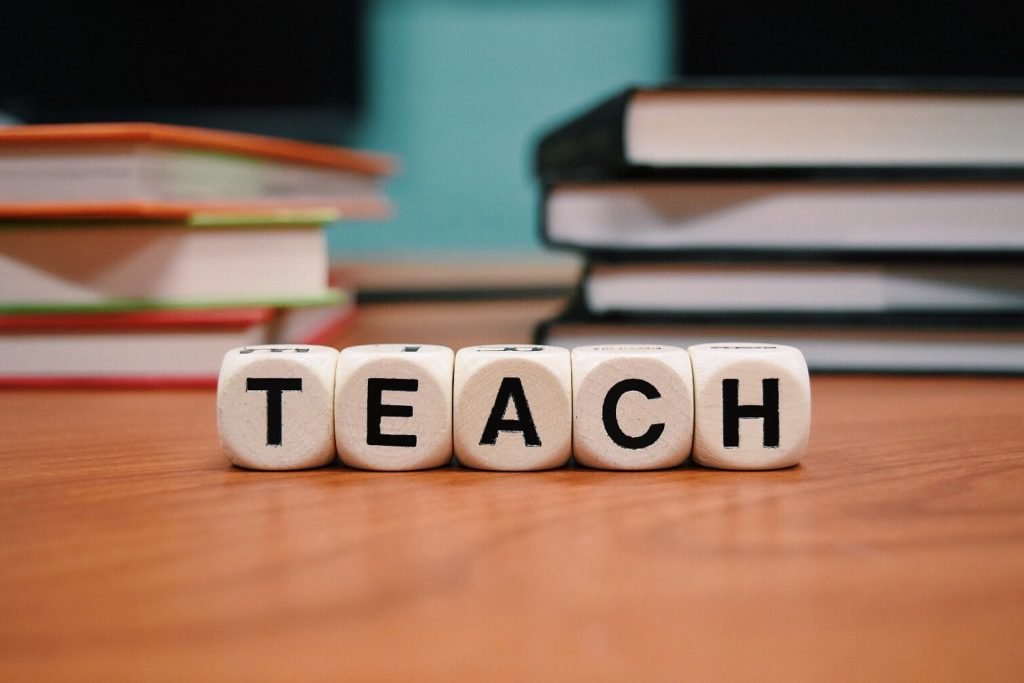In the midst of every crisis, lies great opportunity – Albert Einstein
The spread of COVID-19 and the resultant need for global social distancing is rewriting the realities of everyday life at every level of society – the home, workplace and even educational institutions. The sudden escalation of events in the past few weeks has led to confusion, tension and unanswered questions. Children are among the many groups of people directly facing the uncertain consequences of this global pandemic. In the past few weeks, they have woken to the startling news that their schools would be shut and they would need to take virtual lessons at home. Parents, too, are now in more challenging positions as they have to balance their time supporting their children’s learning, working from home and doing household chores. While we are faced with such challenges caused by the outbreak of COVID-19, we can take this opportunity to explore the new mode of education – virtual learning – and assess how it is indeed beneficial to students.

Virtual learning
COVID-19 has made virtual learning or virtual classrooms a valuable new mode of education. It enables many parents to be a part of their children’s learning. Parents are able to see their children solving a difficult problem, analysing a situation and focusing on what their teacher is saying. It is also a time for younger children to be with their parents while their teachers are reading a story, helping them to count or teaching them how to sound letters. Overall, this is an opportunity for parents to cherish their children’s achievements and support them in their areas of need.
Virtual classrooms will not only allow parents to engage in their children’s learning processes, but will also be advantageous for students, including students with learning differences in innumerable ways.
The following are a few examples:
1. Communication – Students will be able to communicate with confidence as they are directly talking to the teacher
2. Self-esteem – It gives an opportunity for students, who otherwise struggle socially to work from their familiar setting which in turn boosts their self-esteem
3. Sensory support – Students will be able to focus and attend to tasks without being exposed to aural or visual stimuli of various school activities that usually stress students with sensory processing difficulties
4. Learning resources – Screen sharing helps students to access learning resources without having to struggle to read from the board in the classroom
5. Recall and retention – Recorded lessons, visuals on the screen along with activities to manoeuvre supports students to retain and recall information

Creating structure and routine
Some students may struggle with virtual learning owing to difficulties with attention and focus. It is important for teachers and parents to create and maintain routines to provide a sense of certainty, stability and structure to their homes. Routines provide much needed control and sense of reassurance, minimise the unexpected and reduce the risk of frustration. Routines also provide situational cues that support and encourage appropriate behaviour and help students to transition to different activities. Teachers and parents create routines that works best for students and that are frequently reinforced through visible modes in the form of:
- Behaviour chart with established rewards
- Visual reminders in the form of post-its
- Timers for reminders
While the times we currently live in are certainly challenging, virtual learning gives us a platform to continue students’ education and gauge new ways to support their learning. However, we must note that learning does not stop with the school curriculum. Spending time at home and practising social distancing gives everyone the opportunity to bond with the family, learn new skills and take time to do things we otherwise may not have time for.
We will surely come out of the current situation as a more adaptive and flexible generation, one with new insights into education.
